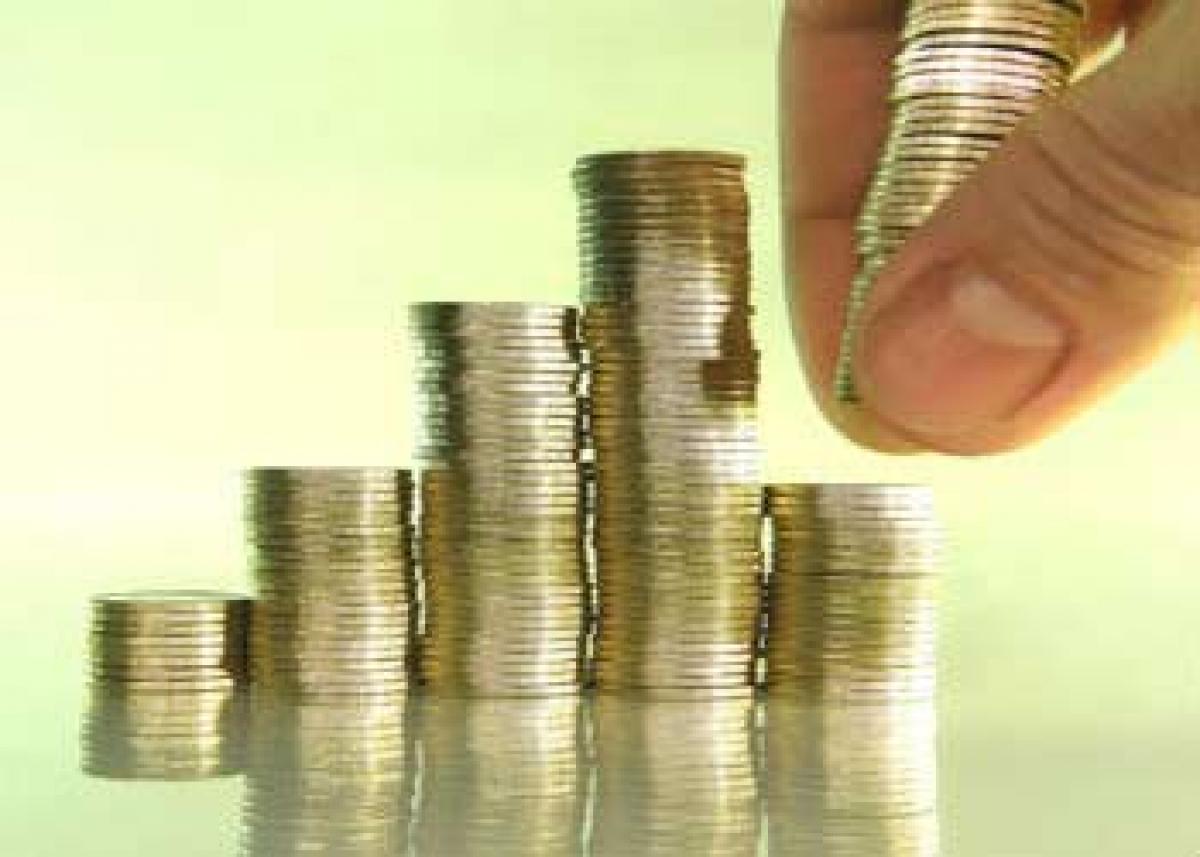What is fiscal deficit?

What is fiscal deficit. The Central government is committed to achieving this year\'s fiscal deficit target of 3.9 per cent of gross domestic product, as well as the fiscal glide path laid out in the budget, says Chief Economic Adviser Arvind Subramanian.
.jpg) The Central government is committed to achieving this year's fiscal deficit target of 3.9 per cent of gross domestic product, as well as the fiscal glide path laid out in the budget, says Chief Economic Adviser Arvind Subramanian. The finance ministry said the collection of direct and indirect taxes in the current year has been encouraging so far.
The Central government is committed to achieving this year's fiscal deficit target of 3.9 per cent of gross domestic product, as well as the fiscal glide path laid out in the budget, says Chief Economic Adviser Arvind Subramanian. The finance ministry said the collection of direct and indirect taxes in the current year has been encouraging so far.
"If no other externality hits us, we are hopeful of achieving the total taxation target with possibility of a minor shortfall of around 5 per cent within the total target of Rs. 14.5 lakh crore. The tax collections figure can be taken as a positive index of growth in demand in the economy, " it said.
Fiscal deficit is the difference between the government's expenditures and its revenues (excluding the money it's borrowed). A country's fiscal deficit is usually communicated as a percentage of its gross domestic product (GDP). Primary deficit is one of the parts of fiscal deficit. While fiscal deficit is the difference between total revenue and expenditure, primary deficit can be arrived by deducting interest payment from fiscal deficit.
Interest payment is the payment that a government makes on its borrowings to the creditors. Revenue deficit arises when the government’s actual net receipts is lower than the projected receipts. It implies that the government has to make up this deficit from capital receipts, i.e. through borrowings or disinvestments.
It means, revenue deficit either leads to an increase in liability in the form of borrowings or reduces the assets through disinvestment. A current account deficit is when a country imports more goods, services and capital than it exports. Fiscal deficit takes place either due to revenue deficit or a major hike in capital expenditure (amount spent to acquire or improve a long-term asset such as land, equipment or buildings).
Capital expenditure is incurred to create long-term assets such as factories, buildings and other development. A deficit is usually financed through borrowing from either the central bank of the country or raising money from capital markets by issuing different instruments like treasury bills and bonds.
As per the fiscal consolidation road map outlined in the Budget 2015-16, fiscal deficit is to be brought down to 3.9 per cent of GDP in the current fiscal, then to 3.5 per cent in 2016-17 and further to 3 per cent by 2017-18.

















